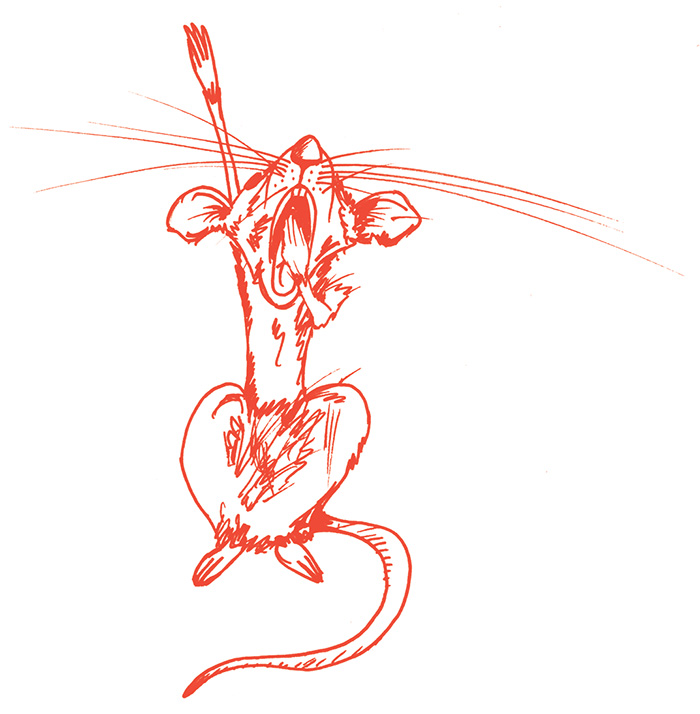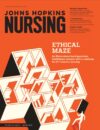Rest-deprived rats on chemotherapy drug had worse side effects
Society in general is experiencing a sleep deficit, whether through work obligations or lifestyle choices that may limit time spent snoozing. And that could mean more than droopy eyelids. It could bring more intense side effects during treatment for the more than 1.7 million people diagnosed each year with cancer, suggests a study by Sharon Kozachik, PhD, RN, Gayle Page, DNSc, RN, and a colleague. They found that rats experienced worse side effects when treated with Paclitaxal (PAC), a common chemotherapy drug, and denied proper sleep.
And once the sleep was lost, there was no getting its positive effect back by allowing extra rest later.
Illustration by Aaron Moore
In “Recovery Sleep Does Not Mitigate the Effects of Prior Sleep Loss on Paclitaxel-Induced Mechanical Hypersensitivity in Sprague-Dawley Rats,” a preclinical study published in Biological Research for Nursing, restricted sleep among rats led to worse reactions to PAC, associated with painful, debilitating peripheral neuropathy of the hands and feet that may persist long after therapy is completed.
According to the study, “How poor sleep sets the stage for adverse outcomes among people diagnosed with cancer is not entirely understood. The aims of this preclinical study were to determine the accumulative and sustained effects of sleep restriction on Paclitaxel-induced mechanical sensitivity in animals. If these relationships hold in humans, targeted sleep interventions employed during a PAC protocol may improve pain outcomes.”

